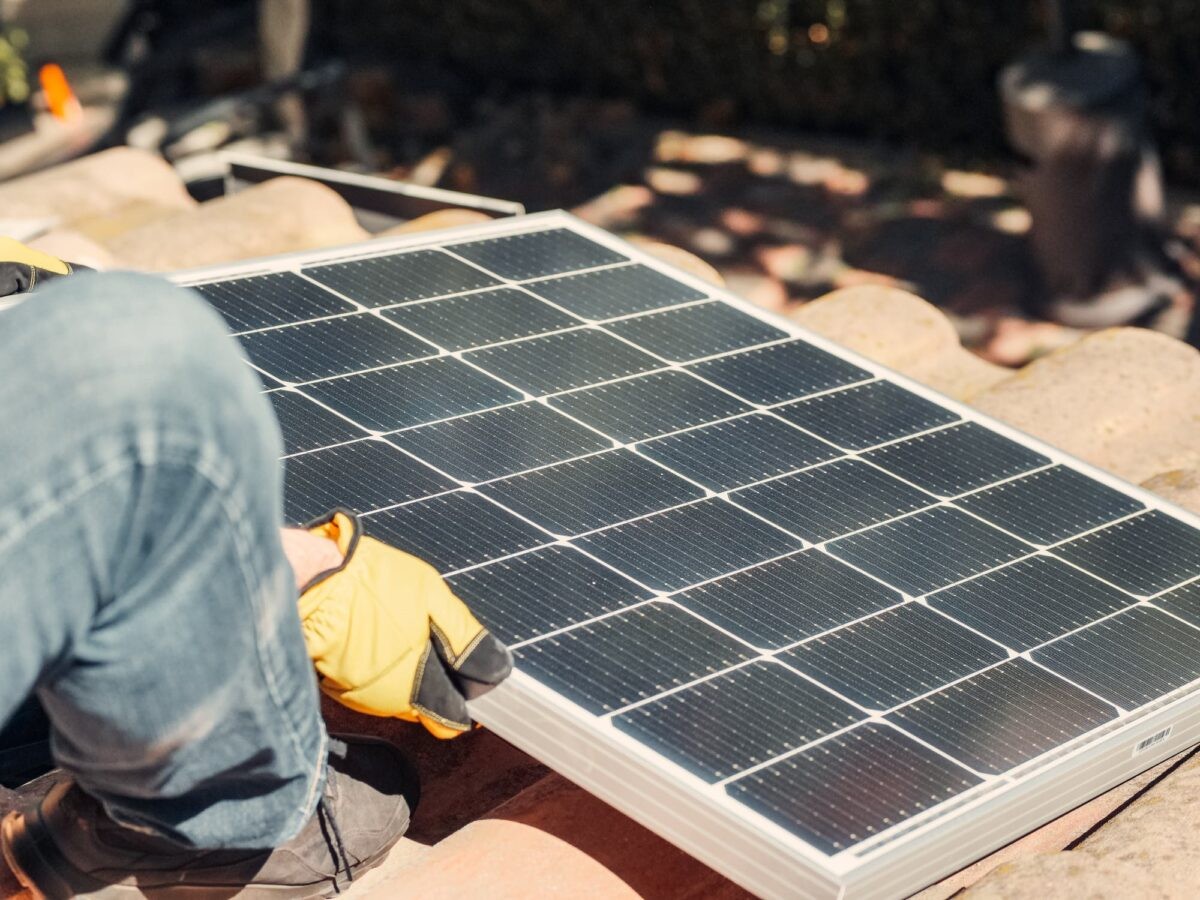
California's major electric utilities are waging an aggressive campaign against rooftop solar installations, blaming them for soaring electricity costs while protecting their monopoly on power sales, industry experts say.
The state's three main utilities - PG&E, SCE, and SDG&E - have successfully pushed for regulations that severely restrict rooftop solar growth. Recent policy changes backed by the California Public Utilities Commission (CPUC) have devastated the local solar market.
These changes include slashing net metering payments by 80%, implementing strict labor requirements for commercial installations, and preventing multi-meter properties from effectively using their own solar production. In 2024, the CPUC approved $24 monthly fixed charges for solar customers - double the national average - even when homes are fully powered by solar.
The impact has been severe. Following these policy shifts, the California rooftop solar market experienced a dramatic downturn. Industry data shows that 75% of California solar providers faced bankruptcy risks within a year of the new net metering rules, with several major installers already closing shop.
Utilities justify these restrictions by claiming rooftop solar creates a "cost shift" that increases bills for non-solar customers. However, research from Lawrence Berkeley Laboratory contradicts this narrative, finding negligible cost shifts in 47 states. Even in areas with high solar adoption, the impact is minimal at just 5/1000th of a cent per kilowatt-hour.
"The cost shift argument is not based on facts - it's a myth," says Bernadette Del Chiaro, executive director of the California Solar and Storage Association (CALSSA). She points out that while electricity usage has remained flat over two decades, utility transmission and distribution spending has soared 300%, driving up rates far beyond inflation.
The conflict highlights a fundamental problem with California's utility structure. Private utilities profit more when they spend on infrastructure and raise rates, creating what CALSSA calls a "perverse incentive" to restrict customer-owned solar power.
This utility pushback threatens California's clean energy goals. The state aims for 100% emissions-free power by 2035, requiring roughly 10 gigawatts of new solar annually. Rooftop installations have historically provided 40% of solar capacity additions - a contribution now at risk under current policies.
As electricity prices continue climbing, rooftop solar offers Californians predictable power costs for 20-25 years. But this customer benefit directly challenges utility profits, leading to an ongoing battle over the future of distributed energy in the Golden State.